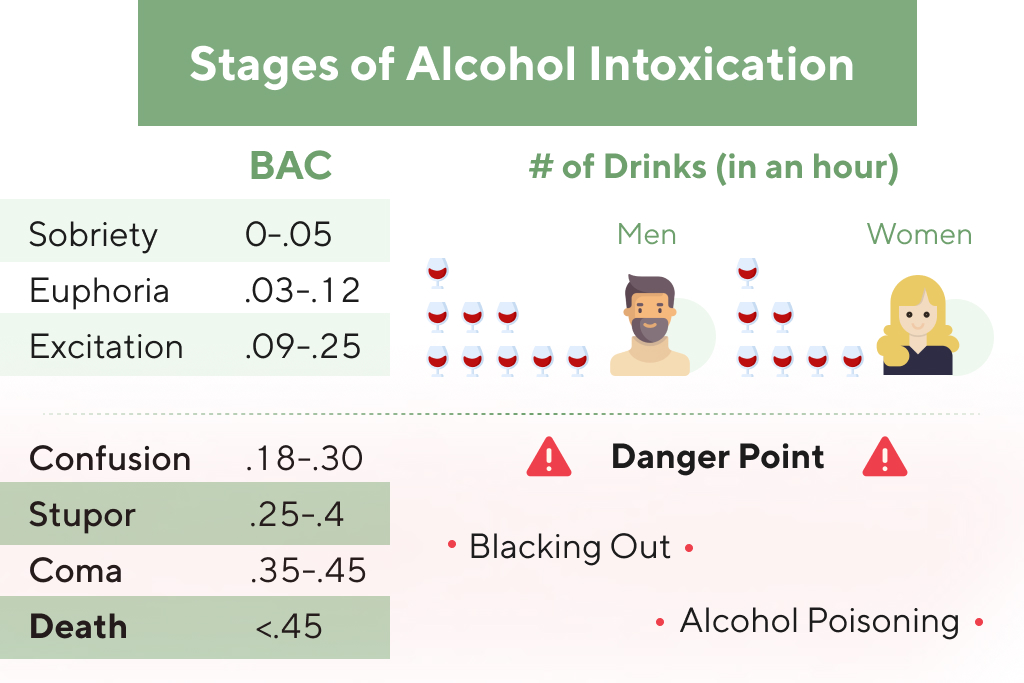Searching for addiction treatment or recovery housing can feel overwhelming; however, there are several resources to help you find the appropriate care and support. However, it’s important to check with your insurance company about specific coverage and what co-pays https://parliamentobserver.com/2024/05/27/top-5-advantages-of-staying-in-a-sober-living-house/ or deductibles you are responsible for if any. You can contact your insurance company by calling the toll-free number on your insurance card or visiting their website. You can also contact a representative from the sober living home to discuss payment options.
POSITIVE ENVIRONMENT
When considering a sober living home, it’s important to find one that aligns with your recovery goals and personal needs. Since sober living typically follows addiction treatment, getting a referral from the treatment provider is recommended. Other referral sources may include the criminal justice system, a mental health professional, Twelve Step meeting participants, or friends and family. Whatever the source of the referral, take a tour of the facility and talk to the people living there to decide if it’s the right fit for you. These are residential facilities that provide structure and support for those healing from addiction.
WHAT IS IT LIKE TO LIVE
The fact that residents in SLHs make improvement over time does not necessarily mean that SLHs will find acceptance in the community. In fact, one of the most frustrating issues for addiction researchers is the extent to which interventions that have been shown to be effective are not implemented in community programs. We suggest that efforts to translate research into treatment have not sufficiently appreciated how interventions are perceived and affected by various stakeholder groups (Polcin, 2006a). We therefore suggest that there is a need to pay attention to the community context where those interventions are delivered. One common mistake for those who are new to alcohol and drug recovery is substituting a new compulsive behavior for their old one. People new to recovery can find themselves approaching their new diet, exercise program, job, and even participation in support groups with a compulsion that echoes addiction.
Who Lives in Sober Living Homes?
You may also need to change your route to work or home in order to avoid any triggers, or people, places, or things that make you want to use drugs or drink again. However, research suggests that while 12-step groups are effective, people often don’t continue their involvement at beneficial levels over the long term. The Substance Abuse and Mental Health Services Administration (SAMSHA) fully endorses level three sober homes.
Holistic Therapy

Your health and wellness is unique to you, and the products and services we review may not be right for your circumstances. Start by contacting the facility directly to set up an appointment to meet with the staff. Sober living homes often have an interview procedure before they take on new residents to ensure that residents are motivated and ready for this level of care. The 4 dimensions of recovery are health, home, purpose, and community, which encompass physical and emotional well-being, stable living arrangements, meaningful daily activities, and supportive relationships.

Relapse (using substances again after stopping) can and does happen, with 85% of people experiencing relapse at least once and half of them doing so within the first two weeks of sobriety. One study found that 68% of people treated in a detox unit experienced moderate alcohol withdrawal symptoms. You can expect certain alcohol withdrawal symptoms such as sleep disruption to occur, though some people can experience seizures and other severe symptoms. By Buddy TBuddy T is a writer and founding member of the Online Al-Anon Outreach Committee with decades of experience writing about alcoholism. Because he is a member of a support group that stresses the importance of anonymity at the public level, he does not use his photograph or his real name on this website. Most people who make their way into recovery have left a lot of pain and suffering in their wake.
- Haney’s bill would require counties to make sure sober facilities kept people housed at rates similar to facilities without sobriety requirements.
- With financial considerations and an optimal time frame in mind, a residence in a sober living home can be a game-changer for individuals on the path to sobriety.
- These homes are often staffed in shifts by psychiatric nurses and licensed clinical social workers, who provide residents with 24-hour supervision and centralized recovery care.
What Is a Sober Living House?
Here you will find information about sober living houses, what they do, and how you, or your loved one, can take full advantage of the support on offer and enjoy a life free from addiction. This built-in support system allows residents to avoid the isolation of returning home while Sober House recovering. It further provides an environment to support recovery from substance abuse for those who are emerging from rehab. Individuals in recovery should feel like they are easing back into everyday life and can start returning to their daily tasks and responsibilities.
- Outpatient programs in low income urban areas might find the Options Recovery Services model of SLHs helpful.
- Sober living houses have structured schedules, meetings, and rules to help promote a positive environment free from temptation and distractions.
- The support and guidance it provides also reduces the likelihood of a relapse.
Substance abuse can affect all aspects of a person’s life, including how they function in their family, work, and community. This effect can cause ongoing problems and make someone reluctant to return home after addiction treatment. Reputable sober living spaces will often have “house rules” that residents are expected to follow. These can range from regular chores to safety and privacy provisions such as separate bathrooms for different genders. Sober living homes can be beneficial for those who are transitioning from inpatient treatment, but they may be too far ahead in the process for many who are looking to start their recovery journey. Some homes require signing out when leaving the home and signing in when returning.
In sober living homes, residents follow rules, such as adherence to sobriety, participation in household chores, and attendance at group meetings. These rules are not just guidelines but essential structures that help maintain the path to recovery. You’ll also have access to resources and activities designed to foster personal growth and life skills necessary for living a sober life.
